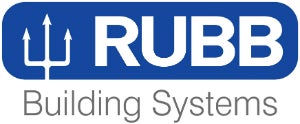
Custom-Designed Aviation Hangars for Storage and Maintenance Applications
Rubb Buildings Ltd is a leading provider of tailor-made aircraft maintenance, repair and overhaul hangars.
Read More...

Rubb Buildings Ltd is a leading provider of tailor-made aircraft maintenance, repair and overhaul hangars.
Read More...

If you need a new building and are considering a fabric structure, you came to...
Read More...

This basic English kit shows what is supplied in Aviation Graphix’s generic interior kits product...
Read More...

Flygprestanda provides state-of-the-art take-off / landing systems for aircraft operations.
Read More...

As the world's leading supplier of thermal processing services, Bodycote operates an international network of...
Read More...
Aero Design Services specialises in design and FAA DER approval of interiors for projects ranging...
Read More...

In the SGi works near Paris, France, medium-sized and large aircraft parts (13m long) are...
Read More...

Dretloh offers a variety of aircraft seat modifications from new dress covers to power supply...
Read More...

Cabin Avionic's Skycam is a modular Flight Deck Door Monitoring System (FDDMS) for commercial aircraft.
Read More...

Cobham Aerospace Communications designs, manufactures and supports a large range of electrical sliprings for various...
Read More...